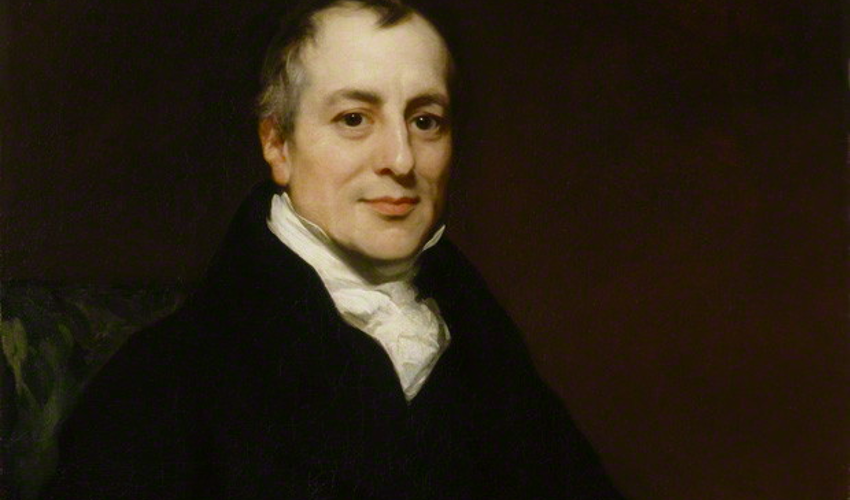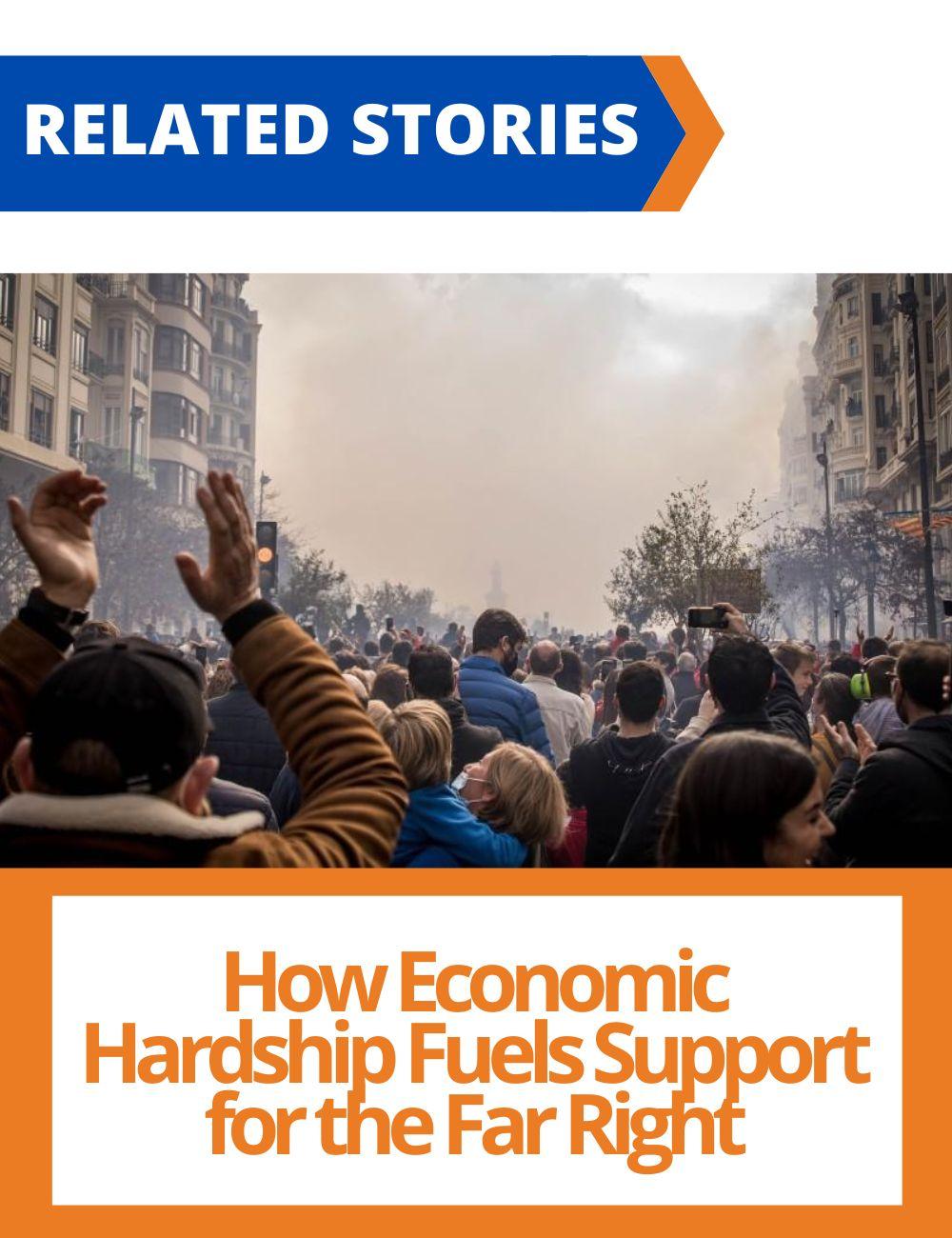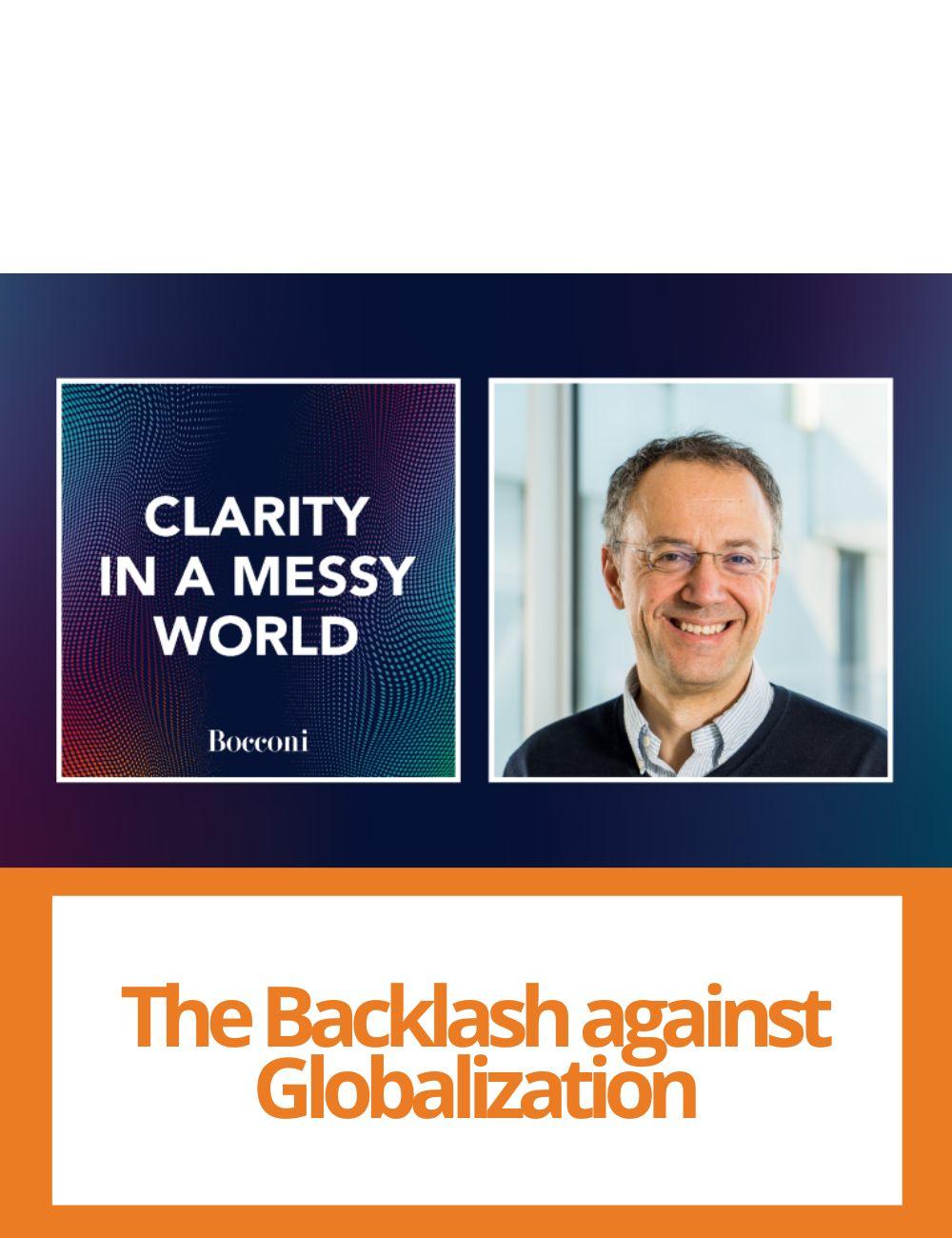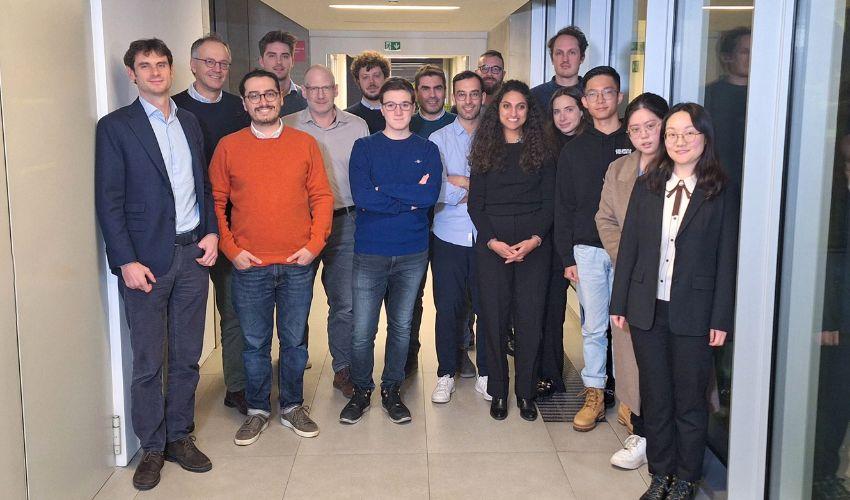
Good Bye, Ricardo! A Challenge to Traditional International Trade Theories
GIANMARCO OTTAVIANO'S ERC FUNDED PROJECT SHOWS THAT THE WAY INDIVIDUAL FIRMS' HETEROGENEOUS BEHAVIOR IS INTRODUCED IN THE PREVAILING MODELS OF INTERNATIONAL TRADE AFFECTS THE ESTIMATION OF THE COSTS AND BENEFITS OF PROTECTIONISMThe case of Brexit shows that the effects of protectionist government interventions can be inadequately assessed. The preliminary results of an ERC-funded project by Gianmarco Ottaviano suggest that part of the fault could lie in the international trade models used to forecast the effects of restrictions on trade flows.
“Traditional international trade models tend to ignore the fact that firms are not all the same,” Professor Ottaviano, Achille and Giulia Boroli Chair in European Studies at Bocconi, explains. “When we introduce such heterogeneity, models’ outcomes change and better match reality.” In the case of Brexit, they predict higher inflation.
The relevant feature of traditional models is a simplified view of customer demand and interactions among firms that portrays all firms as behaving in the same way, forming the price of their products via a homogeneous and sometime null markup over their unit costs. In the real world, though, some firms are better than others and can apply higher markups without loss of customers; markups can also increase when the pressure of competition eases.
In the case of Brexit, for instance, prevailing models predict only the part of inflation due to a rise in the price of imported goods, but not the part due to the different behavior of firms. Since a country that reintroduces duties and customs becomes less attractive to foreign firms, competitive pressure for local firms eases, and they can raise their markups. Furthermore, with reduced competition, less efficient firms, with higher costs and higher prices, also survive, thus stoking inflation even more.




When he describes his ERC project MIMAT: From micro to macro: Aggregate implications of firm-level heterogeneity in international trade, Professor Ottaviano echoes the Good Bye, Lenin! movie.
David Ricardo is the economist that laid the ground for the international trade theories in 1817, developing the comparative advantage idea, according to which countries can gain from engaging in international trade even if they are more efficient than the rest in producing all the goods. He posited that they should go on producing the goods in which their advantage is stronger and buy from abroad the goods in which their advantage is weaker.
Moreover, as highlighted by the Swedish economists Eli Heckscher and Bertil Ohlin, countries with a greater abundance of labor should specialize in producing labor-intensive goods, while countries with a greater abundance of capital should specialize in producing capital-intensive goods.
“Up to 1970, international trade economists basically refined and improved the Ricardian and Heckscher-Ohlin theories,” Prof. Ottaviano says, “but then the field forked. Part of the scholars continued to design macroeconomic models, but some switched to microeconomics. The idea is to model the behavior of multiple heterogeneous economic agents, say firms, and aggregate the results to describe the behavior of the entire system. This lively research agenda, though, received a hard blow in 2012, when Costas Arkolakis (Yale), Arnaud Costinot (MIT) e Andrés Rodríguez-Clare (Berkeley) showed that, under “reasonable” assumptions, the two kinds of models are observationally equivalent, i.e. they can produce the same aggregate outcomes, especially in terms of welfare.”
Prof. Ottaviano’s project is exploring if such assumptions are really “reasonable” and if the equivalence holds also in the case of alternative empirically grounded assumptions about firms’ heterogeneity.
“If the equivalence holds,” he says, “we are stuck in 1970. So, imagine an international trade economist hibernated in 1970, who wakes up today and asks what’s changed in 50 years. The MIMAT project wants to persuade them that something has changed, and we are not back to square one.”
One of the goals is the understanding of what happens when reality deviates, even if slightly, from the assumptions of Arkolakis, Costinot, and Rodríguez-Clare (ACR). The misperception of what would have happened in the UK after Brexit is a case in point. Prof. Ottaviano has been working on the general topic with Thierry Mayer (Sciences Po), Marc Melitz (Harvard), Davide Suverato (ETH Zurich) and two Post-Doc researchers: Nevine El-Mallakh and Badis Tabarki. Another Post-Doc, Nurye Melisa Bilgin, has been collecting relevant data.

The MIMAT researchers. Prof. Ottaviano is the second from left

A second part of the project tries to respond to a simple, but important question: “If international trade models, from Ricardo on, imply that the laissez-faire approach (which lets the market work without government interventions) is optimal, why is protectionism the rule and laissez-faire the exception?” Antonella Nocco (Università del Salento) and Matteo Salto (European Commission) are working with Ottaviano on the subject.
If the assumption of a constant markup is dumped, for example, laissez-faire is not optimal anymore, because the best firms can apply higher markups and produce less, thus obtaining higher profits. This and similar deviations from traditional models legitimate antitrust and international trade policies.

In another part of the project, Prof. Ottaviano has been exploring how the distribution of efficiency across firm size categories affects a country’s ability to export. Together with Giorgio Barba Navaretti (University of Milan), Matteo Bugamelli (World Bank) and Emanuele Forlani (University of Pavia), he is identifying the effects of microeconomic heterogeneity on macroeconomic export performance. He does so by exploiting relations between countries’ market sizes and bilateral trade flows that resemble the gravitational equations that explain the differential attraction between planets of different masses situated at different distances from one another.

Scholarly literature has already explored the topic of changes in comparative advantage theory when heterogeneity in firms’ productivity is introduced in the presence of constant markups. The conclusion: heterogeneity amplifies comparative advantages. If a country has a comparative advantage in a sector, say textiles, new firms tend to enter the sector and a selection effect can be observed. Competition among firms becomes higher and only the very best firms, those with the highest efficiency, survive and thrive.
With Hanwei Huang (City University of Hong Kong), Prof. Ottaviano has been analyzing the same setting in the case in which firms’ markups are not constant. “And we have observed forces pulling in the opposite direction,” he says. “Imagine that trade barriers fall. Foreign firms will tend to enter the market from countries where the selection effect did not occur. With such a dilution, strong local firms can raise their markups further, thus obtaining higher profits but reducing the national comparative advantage. This has important implications for how we can actually measure comparative advantage from the data.”

Research conducted through an ERC Grant can be instrumental in developing new ideas and this is the case of MIMAT. Prof. Ottaviano, with Bocconi colleagues Italo Colantone and Piero Stanig, is studying the externalities of international trade, and how industrial policy can contrast such externalities. “Delocalizing the production of chips, for example, can be the best economic choice, but Western countries are realizing that it poses a security threat. The rationality of international trade policies must therefore be evaluated according to a multiple set of economic and non-economic parameters.
In the opening image, david Ricardo portraited by Thomas Phillips
by Fabio Todesco
